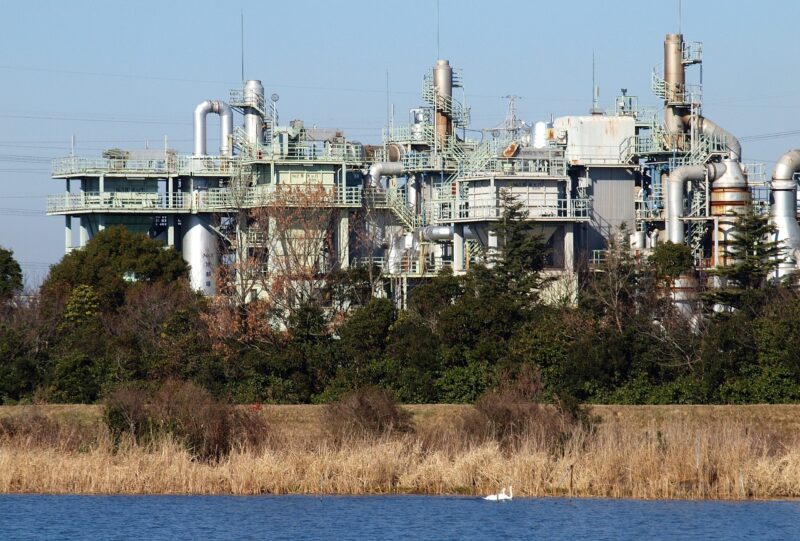Why Iron Is Crucial in Environmental Protection and Water Purification
November 14, 2024

Iron is often viewed merely as a metal, prominent in construction and manufacturing. However, its significance stretches far beyond, playing a vital role in environmental protection and water purification processes. This article will explore the multifaceted advantages of iron in these domains, delving into its functions, applications, and the future of iron in tackling environmental challenges.
1. Understanding Iron’s Role in the Environment
Iron is the fourth most abundant element in the Earth’s crust, making it a natural and crucial component of various ecosystems. Its presence is indispensable in biological systems and environmental sciences.
– Soil Health: Iron is essential for plant growth, assisting in chlorophyll formation and enabling efficient photosynthesis. Healthy plants contribute to biodiversity and help stabilize ecosystems.
– Microbial Activity: In soil and water, iron serves as a necessary nutrient for many microorganisms, promoting decomposition and nutrient cycling.
Due to its natural abundance, iron can be utilized effectively in various environmental applications, promoting sustainability and ecological balance.
2. Iron in Water Purification Processes
One of the most notable applications of iron is in water purification technologies. Iron-based compounds have been employed for decades to treat water and remove contaminants effectively.
– Coagulation and Flocculation: Iron salts, such as ferric chloride and ferrous sulfate, are commonly used in coagulation and flocculation processes. When added to water, they react with impurities, forming larger particles that can be easily removed through sedimentation. This is especially effective in removing suspended solids, colored substances, and organic matter from drinking water.
– Removal of Heavy Metals: Iron has a high affinity for heavy metals like lead and arsenic. By precipitating out these harmful contaminants, iron compounds contribute significantly to producing cleaner, safer water. Further, devices such as iron-enhanced sand filters are gaining traction for their impressive capacity to purify contaminated groundwater.
– Bio-water Treatment Systems: Iron is integral to the design of bio-reactors used in wastewater treatment. It facilitates the breakdown of organic matter by enhancing microbial activity, thus streamlining wastewater treatment processes while also restoring natural ecosystems.
3. Iron’s Role in Environmental Protection
Environmentally, iron serves not only in water treatment but also in several crucial protective roles:
– Soil Remediation: In contaminated sites, particularly those polluted by industrial activity, iron nanoparticles can be deployed for soil remediation. These nanoparticles can degrade pollutants through chemical reactions, turning hazardous contaminants into harmless substances.
– Carbon Sequestration: Research is exploring the potential of iron in enhancing carbon absorption by oceans, a process that could help combat climate change. Iron fertilization has been proposed as a method for promoting phytoplankton growth, thus increasing carbon dioxide sequestration in marine ecosystems.
– Promoting Biodiversity: Through its roles in soil health and purification methods, iron is critical in preserving biodiversity. Healthy ecosystems, supported by optimal iron levels, can withstand environmental changes and support various plant and animal life forms.
4. Innovations and Future Directions
The relationship between iron and its applications in environmental protection and water purification is constantly evolving. Innovations in technology and scientific research continue to discover new ways to utilize iron effectively.
– Nanotechnology: Advances in nanotechnology have opened avenues for using iron nanoparticles in environmental applications. These tiny particles are incredibly reactive and can effectively treat contaminants at lower concentrations, making them highly efficient in various treatment scenarios.
– Green Chemistry: Research into sustainable ways of producing iron compounds for environmental use is maximized. This includes methods that rely on renewable resources or processes that minimize waste and energy consumption.
– Public Policy and Awareness: As we recognize the importance of iron in our ecosystems, policies focusing on sustainable mining, application, and use of iron are crucial. Educating communities about the benefits and sustainability of using iron in environmental technologies is equally important.
Conclusion
In conclusion, iron stands as a cornerstone for both environmental protection and water purification. Its multifaceted roles, from enhancing soil health to effectively treating water contaminants, make it essential for sustainable practices. As we continue to innovate and leverage iron in new and meaningful ways, we can enhance our environmental management strategies, contributing to a healthier planet.
As we face global environmental challenges, harnessing the power of iron can lead us toward a more sustainable future. Let’s continue to explore and implement iron’s potential as a solution for a cleaner and greener world.







